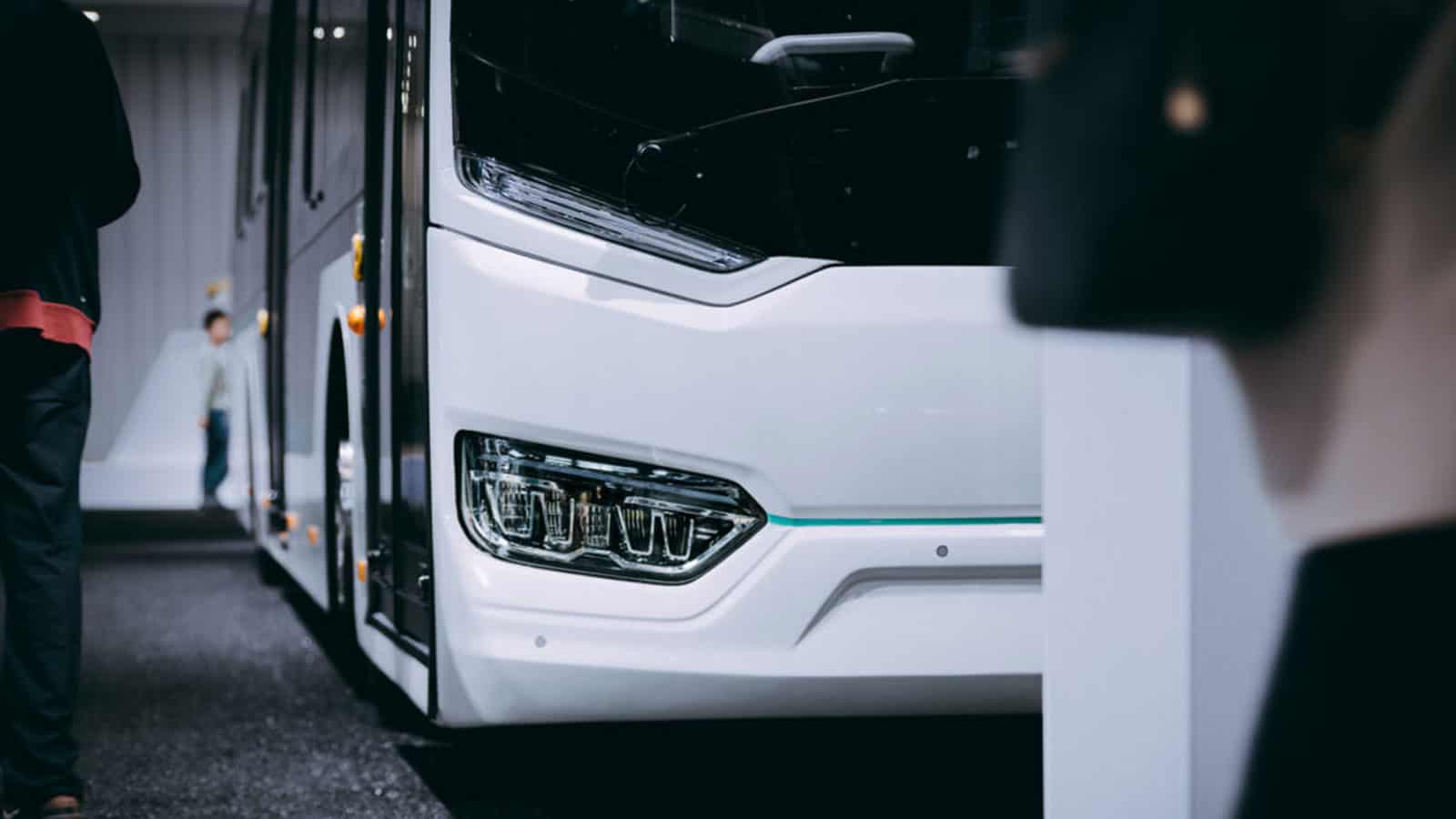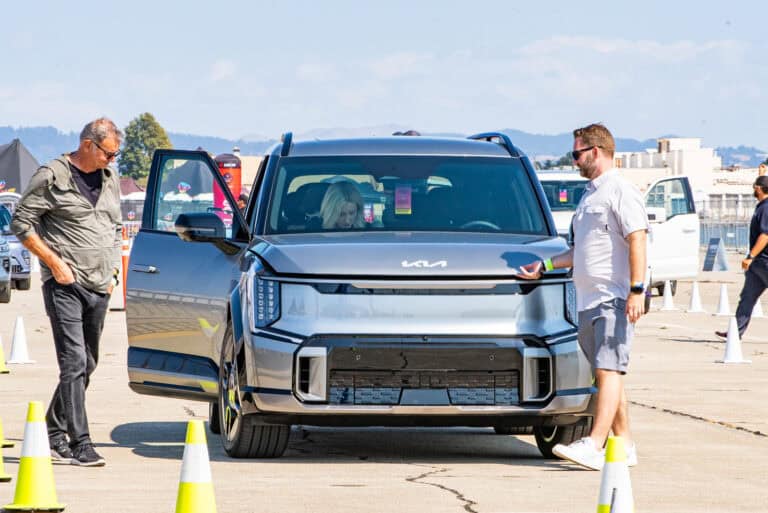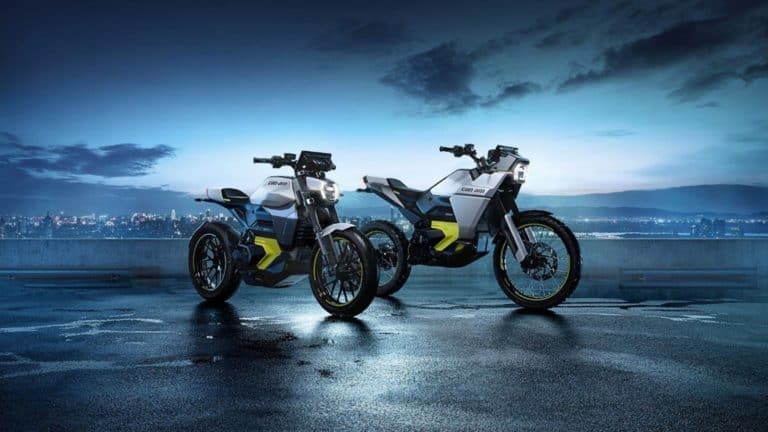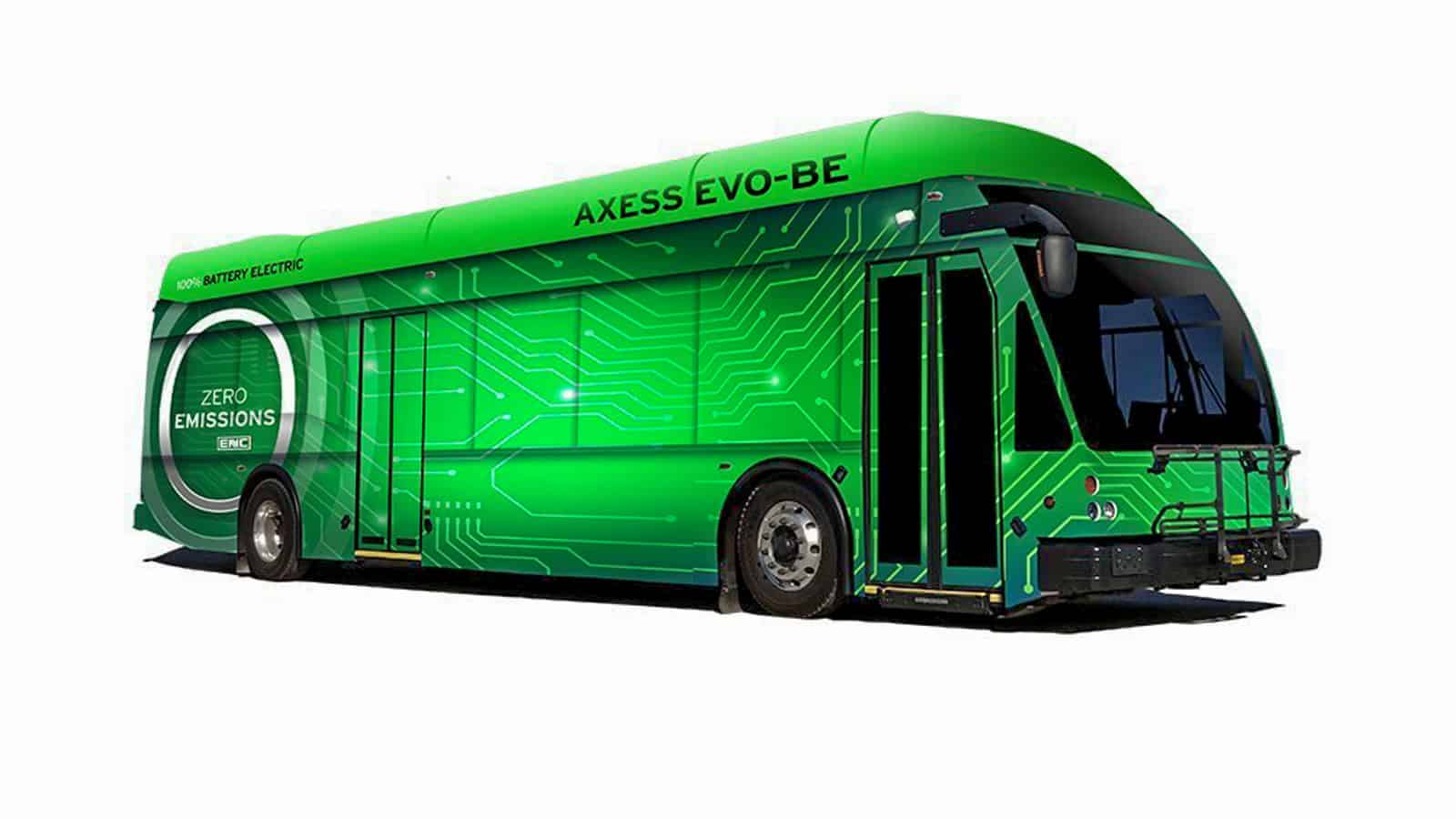- More local governments are moving toward electrifying their bus fleets.
- Various school districts are also opting for electric buses to transport kids.
- Though these local governments may face high adoption costs, their goal is to offset those costs with gas and maintenance savings.
Cities and counties across the U.S. are investing more in electrified transit options. This includes electric city buses as well as school buses, broadening the scope of who all could benefit from electric public transportation.
Who Is Electrifying Their Buses?
Earlier this month, the Tahoe Truckee Area Transit (TART) in California announced that it will soon have four electric buses added to its fleet. Placer County has a goal of converting to a zero-emissions fleet by 2040.
Meanwhile, Tennessee Tech has helped create the first electric shuttle bus in a rural area within the state. This move is to not only save rural residents trips to the gas pump, but to also create greater overall familiarity with EVs in such areas.
Then there’s Dallas Area Rapid Transit (DART), which started operating its first long-range EV bus in March of this year. It joins DART’s fleet of seven short-range electric city buses, which were actually launched back in 2018. A spokesperson shared that this is a great test vehicle to determine the future of fuel for DART, as they’ve tried diesel, liquid natural gas, low-sulfur diesel and compressed natural gas as part of an evolving process in finding more sustainable transit options.
In addition, we have Orange County, Florida, looking to roll out the state’s first all-electric school buses. The county’s six electric buses have already started transporting area kids.
Or there’s the state of West Virginia, which purchased 41 electric school buses. GreenPower Motor Company had acquired a manufacturing facility in the state in 2022. Now, they’re focused on being the leading manufacturer of electric school buses.
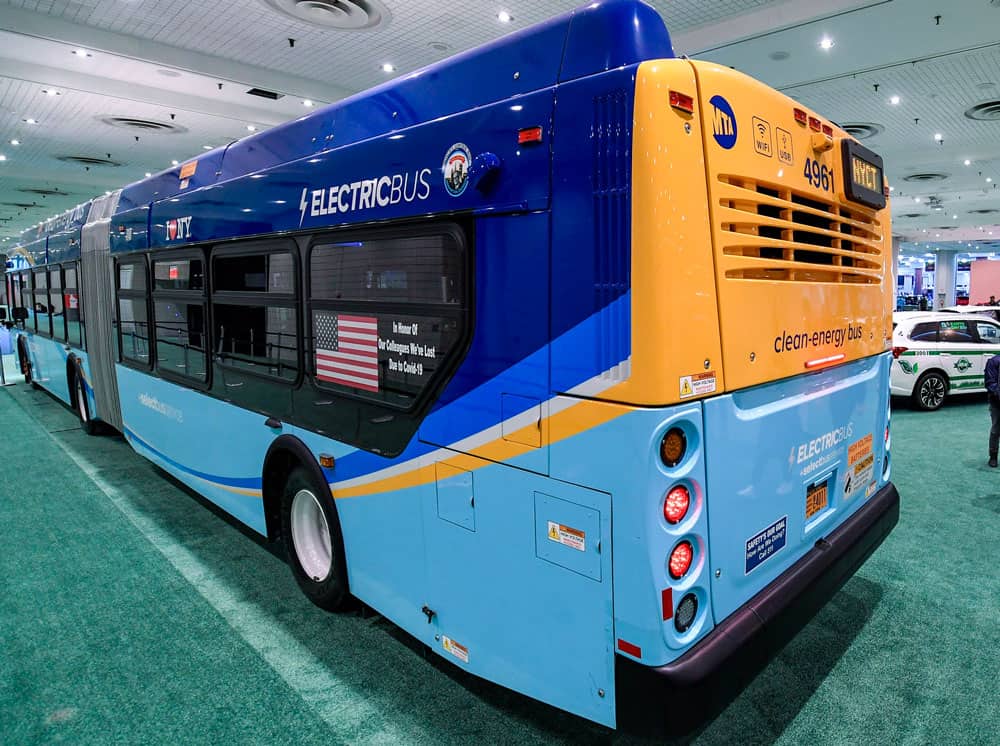
Why Electric Buses?
For one, electric city buses may have higher upfront costs, but they have lower operating costs than diesel buses. Plus, electric vehicles tend to have fewer moving parts and maintenance needs. As a result, cities could save hundreds of thousands of dollars over the buses’ lifetimes.
There’s also the noise factor. While there will always be road noise with any motorized vehicle, passengers (including rowdy kids on a school bus) won’t have to shout over engine noise.
And of course, there’s the issue of pollution. The Biden Administration’s Bipartisan Infrastructure Law has sought to electrify school bus fleets to remove diesel emissions from city centers and from schools.
Looking to the Future
It’s clear that electric buses are generating a lot of buzz. If local governments are willing to face down the initial costs of electric city buses and shorter driving ranges (for now, anyway), these issues could actually become less of a hurdle over time.
But right now, it seems that more and more governments are willing to take the plunge.

SOURCE | IMAGES: FLICKR
FTC: We use income-earning auto affiliate links. Learn more.


